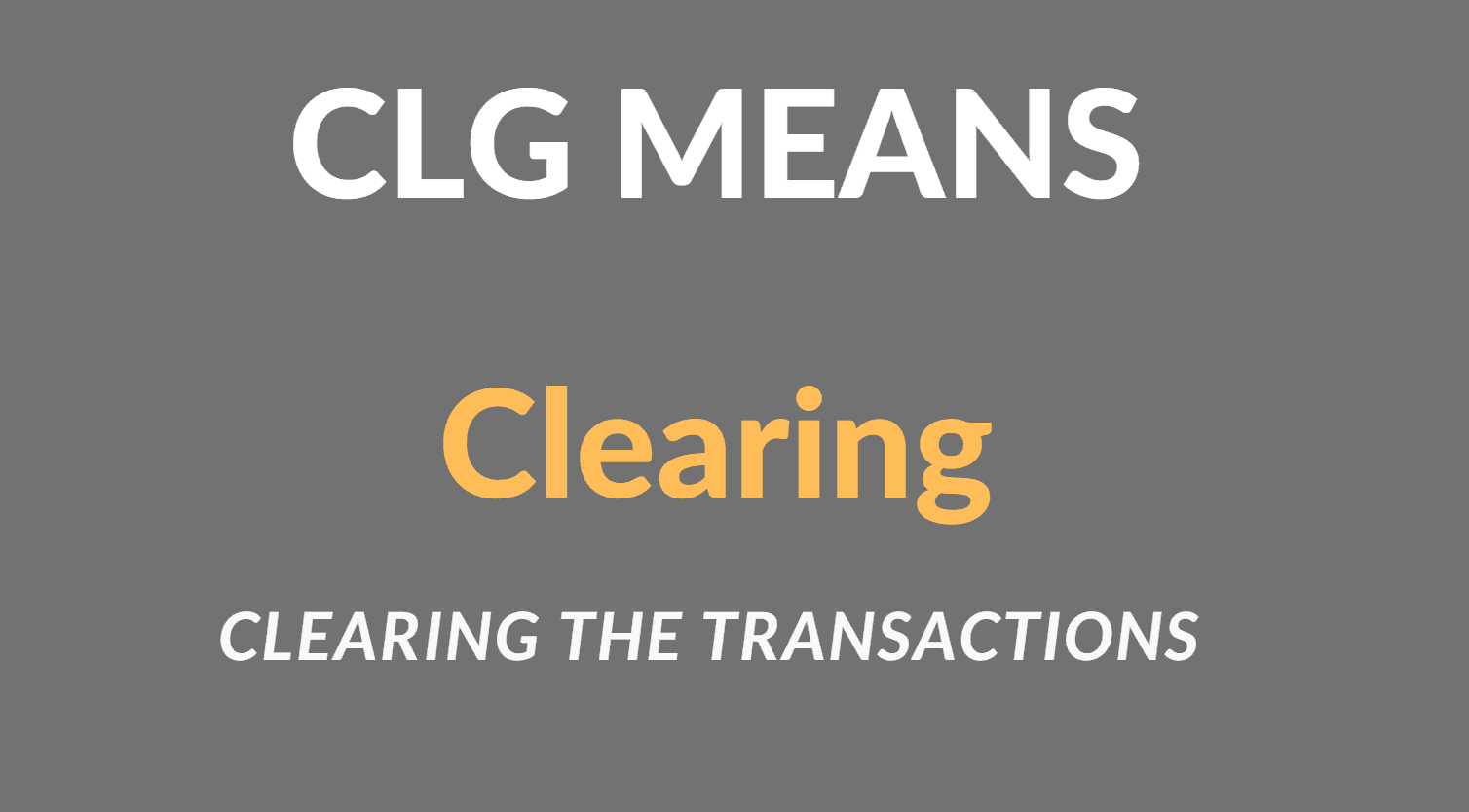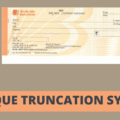Very often, you may have noticed in your passbook or bank statements the word ‘CLG‘ associated with money deposited to your bank account via cheques. Suppose someone issues you a cheque as a payment of something the person purchased from you. You go to your bank and deposit the cheques, which may or may not be of the same bank, into your account. Your bank, in turn, requests money from the other bank, usually via an intermediary, and thus funds are credited to your account, appearing as CLG in your account statements.
CLG in banking terms means clearing. In the above example, the person who gave you the check made a commitment for a transaction, and the banks settled the transaction, this complete process is known as clearing. It involves turning the promise of money, usually in the form of cheques, or electronic payment requests, into the actual transfer of funds from one bank account to another.
Money transaction through cheques has been present since the 1600s in England. The traditional system involved the actual movement of cheques by the bank clerks, after the bank hours, who maintained the records of the money that was owed to their banks and the amount their banks owed to other banks. Several different variations and improvisations of this system existed until the mid-nineteenth century.
Special Clearing Houses started operating in America, where bank clerks used to sit around oval tables, and on the manager’s signal, completed their assigned transactions and at the end would have the net amount of funds owed to their banks. Clerks were fined if they made errors. Over decades, improvements were made in the process all banks now had their clearinghouses or the branches of Central Bank or other public banks acted as one.
The traditional system was, however, prolonged. In a country where, despite all fast, real-time electronic methods of fund transfer exists, cheque transactions still take a prominent position in fund transfer. Hence, the Cheque Truncation System (CTS) was introduced by the Reserve Bank of India. The CTS helps provide better service to customers by speeding up the process of collection of cheques.
This also helps eliminate the scope of loss of instruments during transit and other logistics-related issues. In CTS, instead of physical instruments, an electronic image of the cheque is transmitted to the paying bank branch, through the clearinghouse. The image contains certain relevant information such as the data on the MICR band of the cheque, the date of presentation of the cheque, etc.
Thus, the strange term CLG, which you have seen in your bank statements, actually stands for clearing and has a long and fascinating history, to begin with. The traditional system involved physical movement of the cheques, and calculations done by the bank clerks. This eventually faded out and is now replaced with the electronic movement of cheques, thus ensuring security, reliability, and overall better customer experience.








Be the first to comment